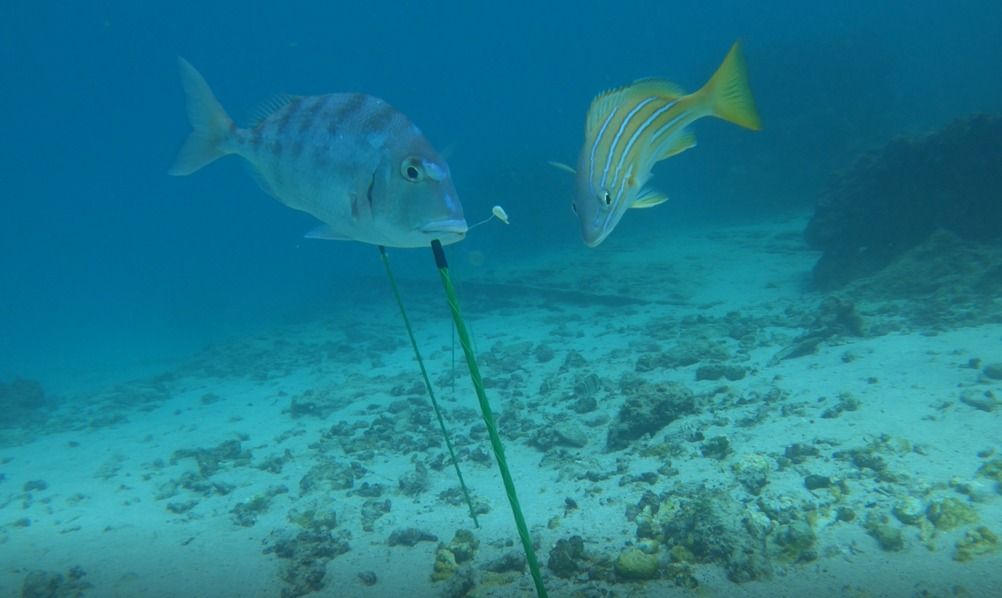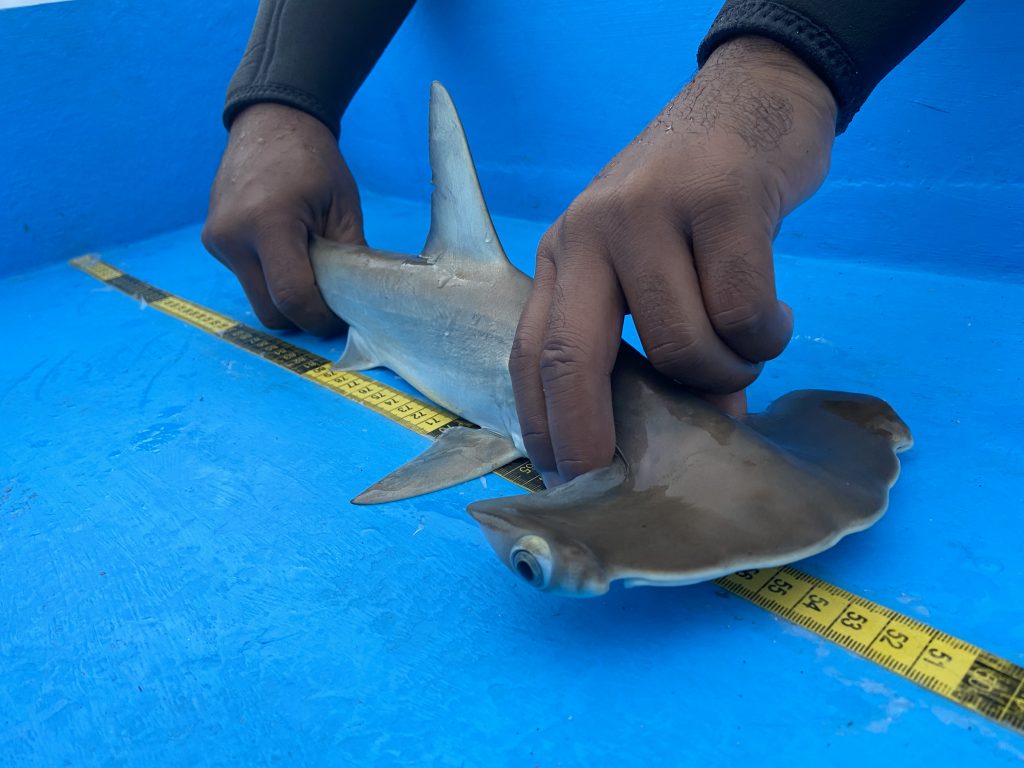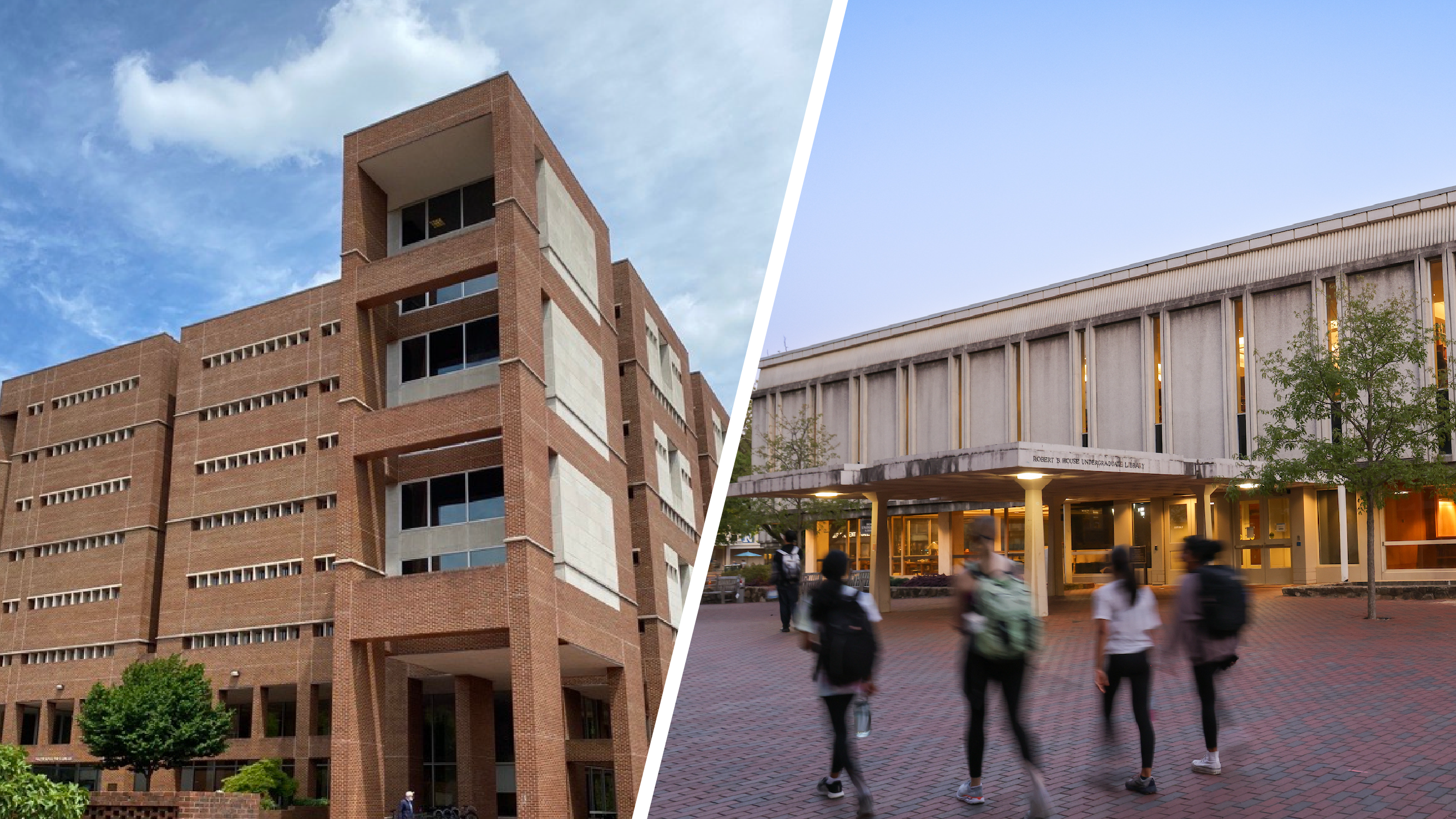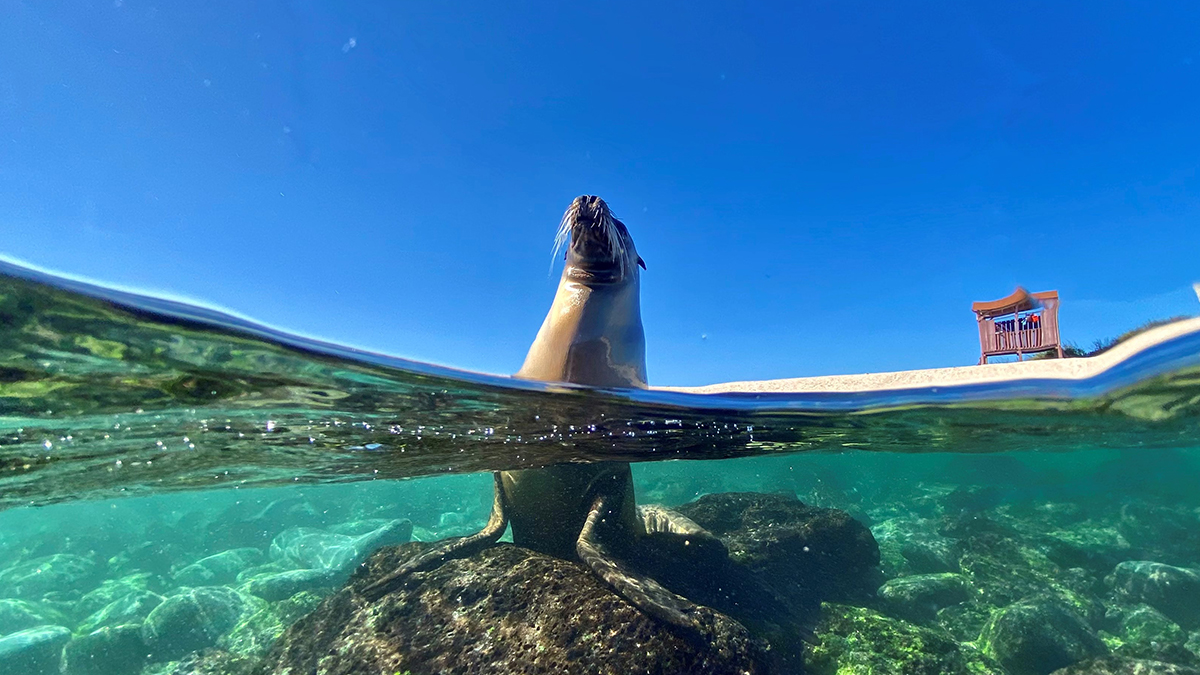Turning COVID-19 challenges into opportunities
Meet Esteban Agudo and Savannah Ryburn, two doctoral students who turned obstacles into opportunities to further their research in the Galápagos during the COVID-19 pandemic.
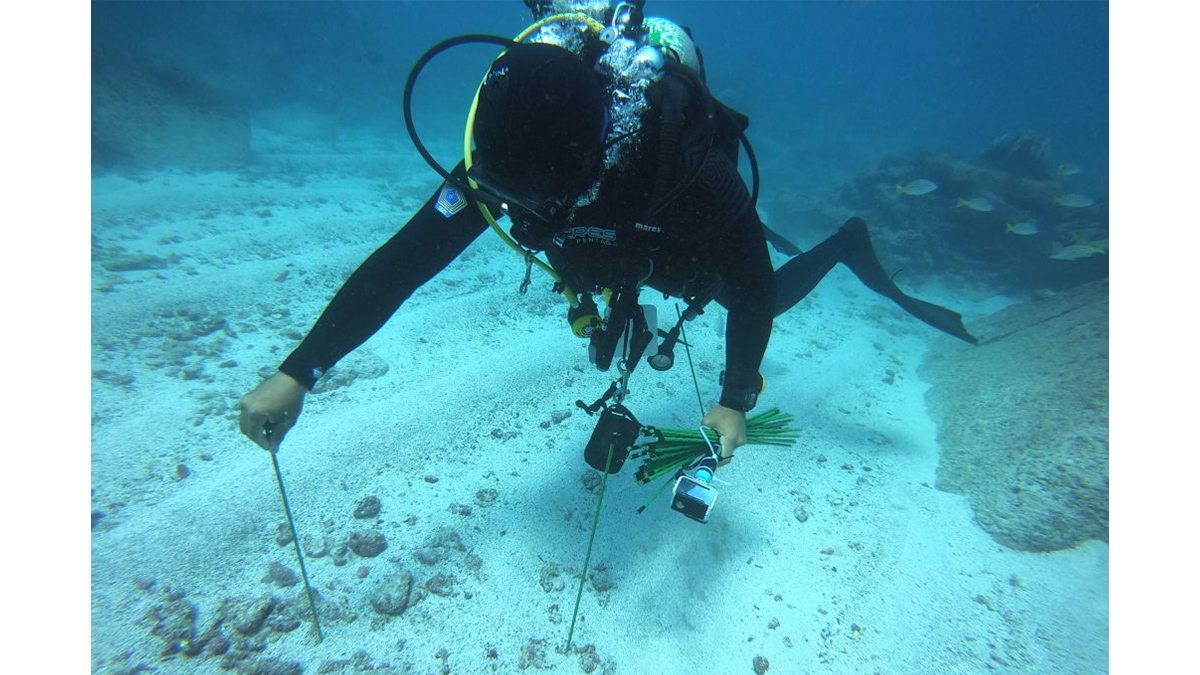
Esteban Agudo recently started the third year of his Ph.D. and feels fortunate to be in the Galapagos to conduct his research. He is a marine ecologist pursuing his degree in Ecology, Evolution and Organismal Biology, working alongside Professor John Bruno and Ecuador’s Universidad San Francisco de Quito Professor Margarita Brandt.
Agudo’s journey to Galapagos was not straightforward. He was not able to travel to the Galapagos for his first two years of studies due to the pandemic, which for many students would have filled them with stress. Agudo has taken the challenges the pandemic has thrown him in stride, and his more relaxed approach has served him well. This extra time also gave him the opportunity to work on the first chapter of his dissertation focused on a literature review about the effect of ocean warming and acidification on marine communities.
“I’m a bit older than your average graduate student, and I think that has given me valuable perspective. I’m more relaxed than I would have been 10 years ago, and I have chosen to get my Ph.D. because I truly love my work. It is not about grades or finishing fast, but instead gaining experience, learning, and figuring out if this is what I want to do for the rest of my life,” Agudo reflected.
Agudo’s research is focused on how temperature affects predation in marine systems. How will changes in ocean temperatures impact feeding patterns on different organisms like fish and marine invertebrates, such as whelks and starfish?
To achieve this, Agudo needs to spend many hours immersed in the ocean.
“My years of diving experience off the coast of Venezuela, where I am from, has enabled me to feel comfortable to do work underwater, which is critical for my research. Diving has trained me to conduct observations underwater and helps me ask questions about the functioning of the ecosystem,” said Agudo.
There is no typical day for Agudo. One day he can be diving at La Barcaza – a rocky reef approximately 45 minutes from the Galapagos Science Center – to collect whelks. The next he may be visiting one of 15 sites to conduct squidpop experiments – a technique known to marine scientists – measuring predation intensity by fish using dry squid and GoPro cameras for fish identification.
Besides ocean adventures, Agudo spends countless hours in the Aquarium Mesocosm at the Galapagos Science Center. This facility allows researchers to keep aquariums where they can control water temperature, allowing them to measure the effect of warming on marine organisms and, in turn, better understand environmental challenges such as climate change. Specifically, Agudo is researching how feeding rates change when temperature varies and – more broadly – the indirect effects of ocean warming on marine communities.
Protecting future generations of sharks
Savannah Ryburn is starting her third year of her Ph.D. in the Environment, Ecology and Energy Program, and she recently returned to Carolina after two months of conducting research at the Galapagos Science Center.
Ryburn’s path to the Galapagos was also not straightforward. When the pandemic halted her Galapagos travel plans, she quickly connected with UNC Institute of Marine Sciences and was able to pivot to conduct research on blacktip, bonnethead, blacknose and Atlantic sharpnose sharks off the coast of North Carolina.
While unintentional, this research from the shores of North Carolina has become quite instrumental to Savannah’s research in Galapagos, as the same species of blacktip shark is also found off the coast of San Cristobal, Galapagos. This happy accident has allowed Savannah to potentially compare the diets of these two blacktip shark populations.
In the two months Ryburn spent at the Galapagos Science Center, she spent many mornings setting off at 3:30 a.m. to one of 6 mangrove bays off the coast of San Cristobal – identified as potential or defined shark nursery grounds – to fish for baby blacktip and scalloped hammerhead sharks.
“Once I catch a baby shark, I am able to analyze its diet with a new method that is not only much less invasive but also way more accurate. Previously, to understand the diet of sharks, the stomach contents was visually sorted, which was a lethal procedure. Now, I am able to use DNA analysis of fecal matter to get down to the species level of what these baby sharks are eating and also release the sharks immediately afterward to hopefully have a long and healthy life,” said Ryburn.
Currently, there is no real understanding of why these baby sharks have chosen these specific bays, but by better understanding their diets, Ryburn hopes she can determine if there are specific species they prefer to eat in these locations. Her samples are currently waiting to be sequenced, but once processed, she intends to analyze what the similarities and differences are in the shark diets to then help inform regulations on fishing – all in an effort to ultimately protect these areas.
“My hope is to protect these nursery grounds as it is really important for these sharks to reach the age of reproduction in order to help with their survival rates,” she said. “I hope that my research can help protect future generations of these sharks and mitigate against habitat destruction and fishing practices that are putting their livelihood in danger.”
